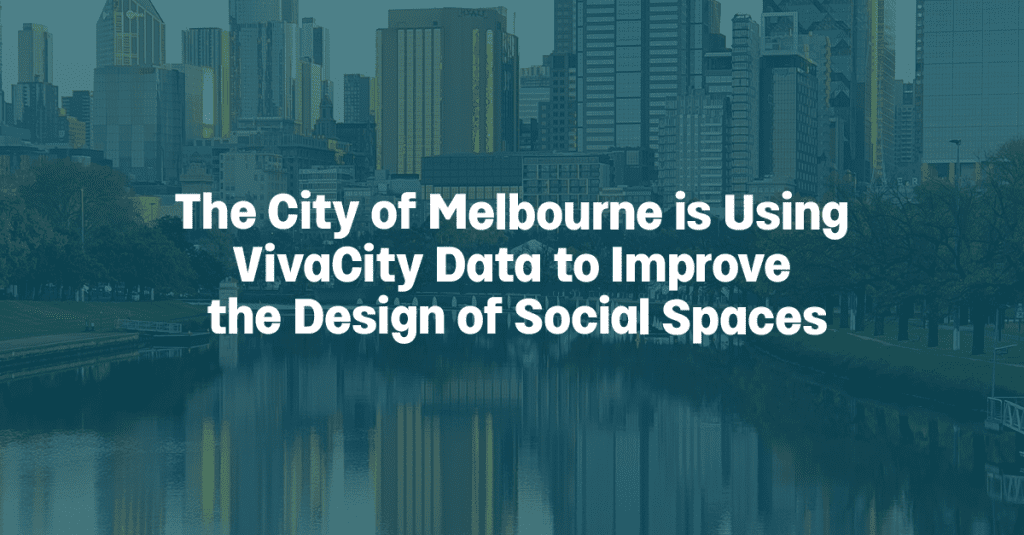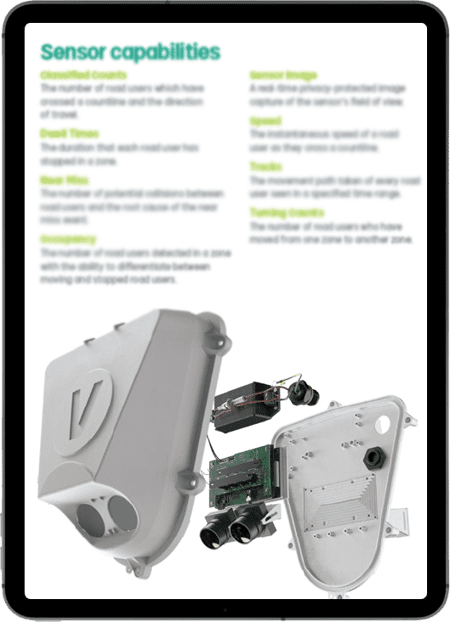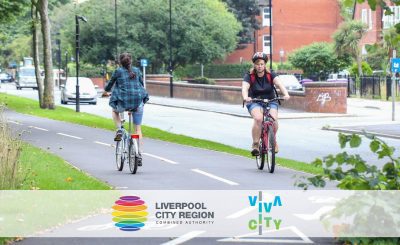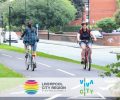The Covid-19 pandemic had a significant impact on social interactions and changing use of public spaces. In response, the City of Melbourne ran a ‘Reimagining the City’ challenge in 2021 to promote social connections and create vibrant and inclusive places. One of the three winning projects was the design of a new piece of furniture – a bench.
Learn how the City of Melbourne has used VivaCity sensors and dwell times data to evaluate the effectiveness of the new design.
The challenge
With one of the winning projects, the City of Melbourne went through a process of designing a new, innovative piece of furniture to enhance community and social spaces. Data informed every step of the way:
- Data analysis on key city blocks
- Observational audits of city blocks and open spaces
- Data driven design of the new piece of furniture
Once it was installed, the big question was: Would this approach get a better design outcome and lead to people spending more time on the bench?
The City of Melbourne needed a robust way to evaluate their new design.
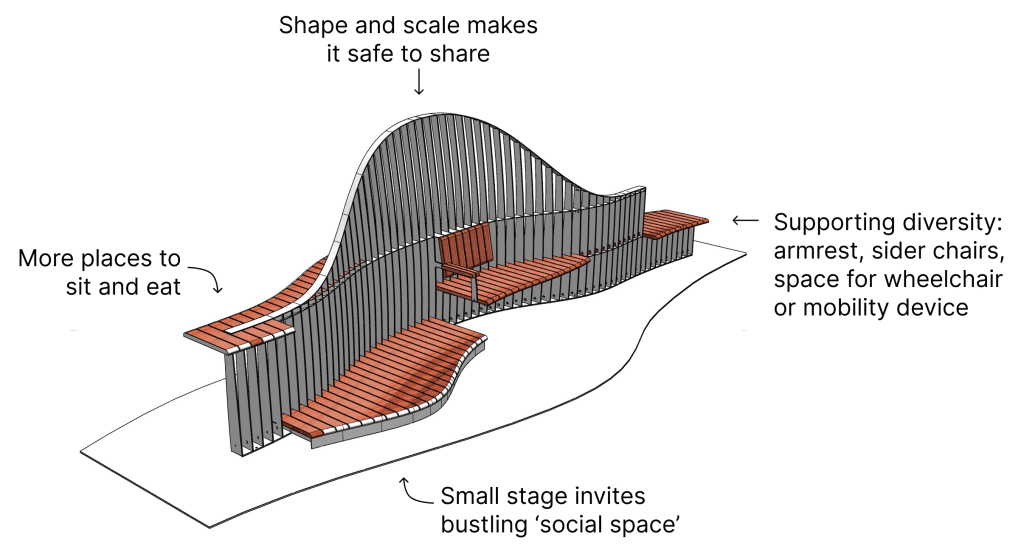
The solution
To monitor the usage of the bench, the City of Melbourne installed two types of sensors.
- Yabby sensors: Accelerometers to detect movements on the bench
- VivaCity sensor: Computer-vision sensor to monitor dwell times around the bench. Also used to validate and calibrate the Yabby sensors.
A single VivaCity sensor was installed on a building opposite the space to capture the bench and its surrounding area. Within the sensor’s field of view, the City of Melbourne then created three zones to understand dwell times of pedestrians in the different areas.
- Right: Leaning piece of furniture (new typology)
- Middle: Armrest chair
- Left: Wrap around chair
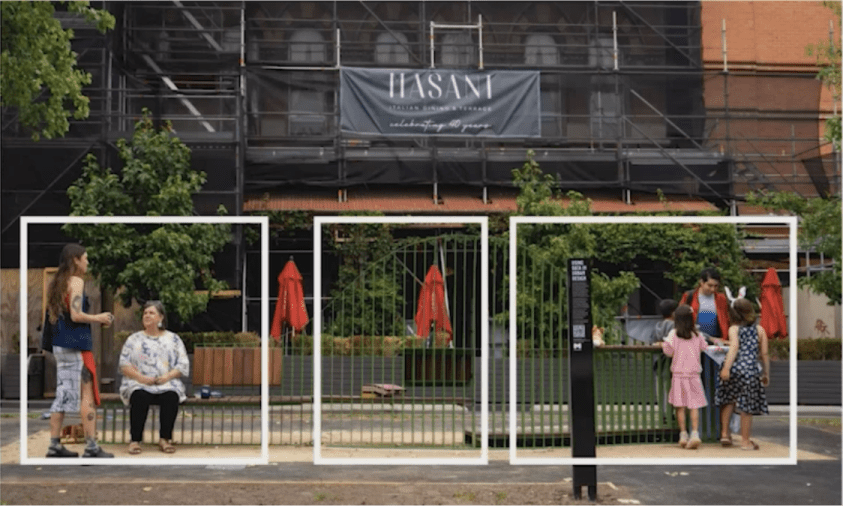
The outcome
For the impact evaluation, dwell times and movement data for the new design was compared against an existing metal bench design. The City of Melbourne created a public facing dashboard to share the analysis.
The data showed a much higher use of the new design compared to the existing bench (data as of 26 June 2024):
- Total use: 20,144 new bench vs 3,918 existing bench
- Average daily use: 40 new bench vs 10 existing bench
- Dwell Times: People dwell for 24 minutes on average on the new bench
- Sections: Majority of use was on the left side (wrap around chair) of the bench
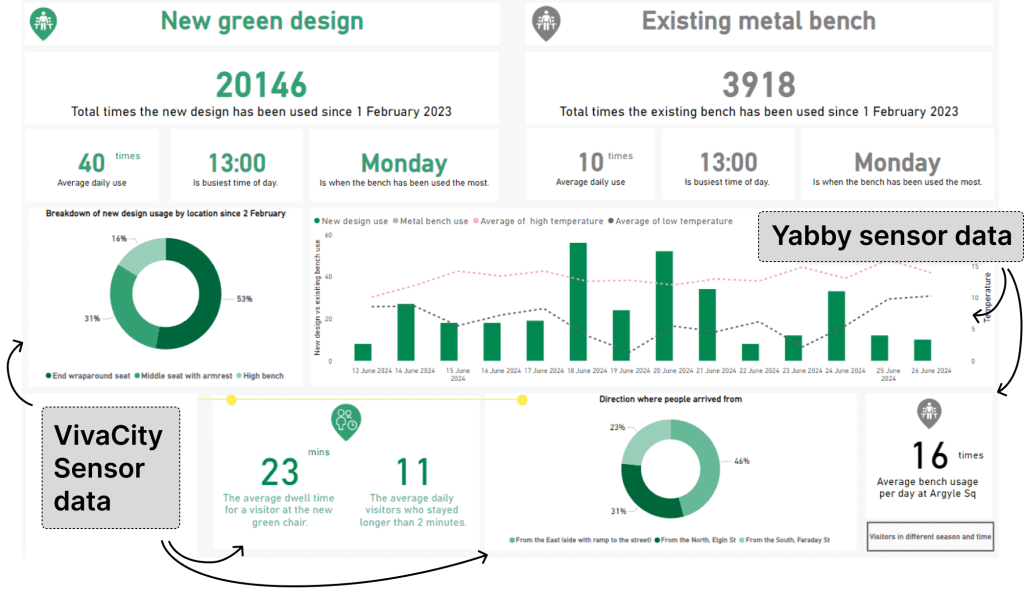
The VivaCity data allowed the City of Melbourne to demonstrate how often people were using the space. By measuring the impact, they were able to show that the Council was improving aspects of the city through data-driven decision-making.
Get more from your technology with VivaCity’s 3-in-1 solution
VivaCity sensors serve three main use case: traffic monitoring, road safety and signal control. Our sensors are always connected, so there’s no need to add all features at the point of installation – you can add them as and when they’re needed. When used in combination, the datasets provide holistic and comprehensive insights and performance metrics, all from the same sensor.

Explore VivaCity’s range of capabilities:
Like our content? Sign up to our newsletter and receive the latest updates in your inbox.

